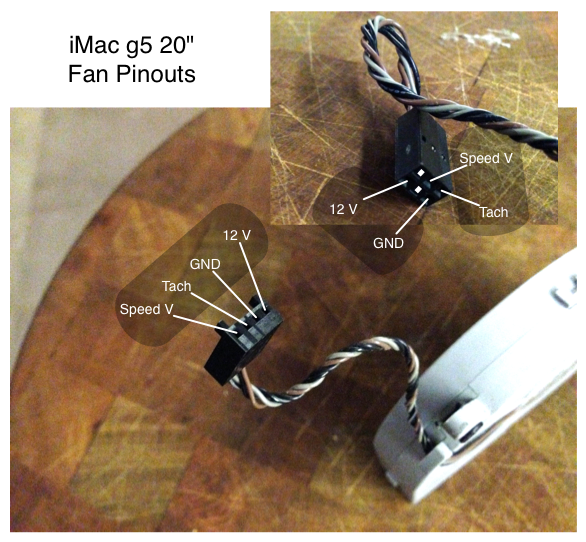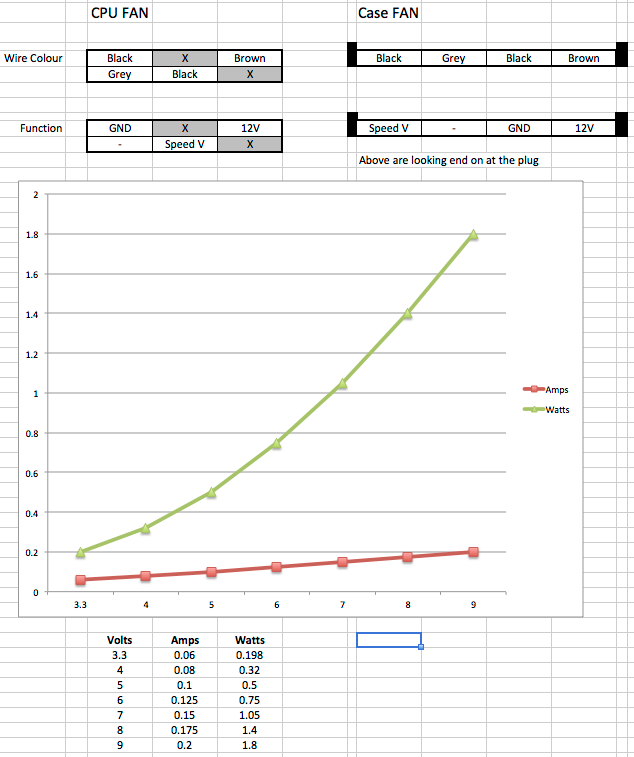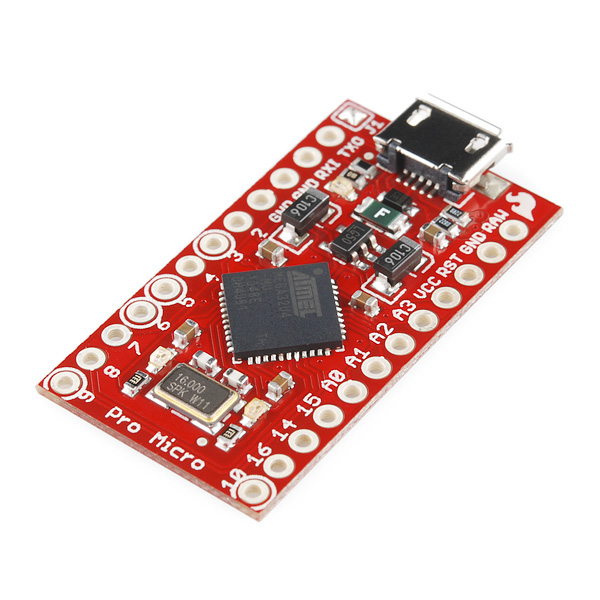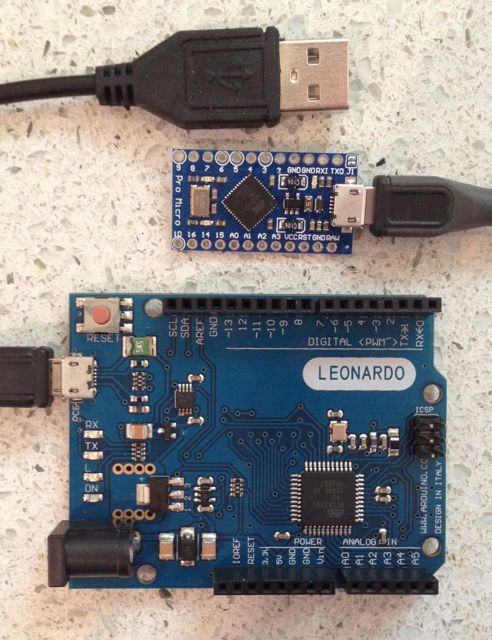#include <SimpleTimer.h>
// A general purpose timer, and some misc constants
SimpleTimer timer = SimpleTimer();
// Other Variables
float currentPWM = 150; // Roughly equal to 3.3v
float targetVOLT = 3.3; // current target voltage to match
// Pin Assignments
const int FAN_CONTROL_POUT = 5;
const int FAN_OUTPUT_V = 1;
void setup () {
// setup pin outp
pinMode(FAN_CONTROL_POUT,OUTPUT);
// a timer that simulates reading a temp, and setting Voltage
timer.setInterval(1000,voltageController);
// setup a timer that runs every 20 ms - For Fan Speed
timer.setInterval(20,fanCallback);
}
void loop () {
// Let the timer run backgound tasks
timer.run();
}
void voltageController() {
// Simulates setting the voltage to a value
// latter this will be based on reading a temperature
targetVOLT = targetVOLT + 0.1;
if (targetVOLT>10.0) targetVOLT=3.3;
}
void fanCallback( ) {
// read the current output voltage
float currentVolt = readVoltage(FAN_OUTPUT_V) * 2.0;
// compare it to target, and set new PWM
if ( targetVOLT < currentVolt ) {
currentPWM = currentPWM + 1;
} else if ( targetVOLT > currentVolt ) {
currentPWM = currentPWM - 1;
}
// write the PWM to the output port.
analogWrite(FAN_CONTROL_POUT,currentPWM);
}
float readVoltage( int sensorPin ) {
//get voltage reading from the input
int reading = analogRead(sensorPin);
// converting that reading to voltage, for 3.3v arduino use 3.3
return ( 5.0 * reading ) / 1023.0;
}





